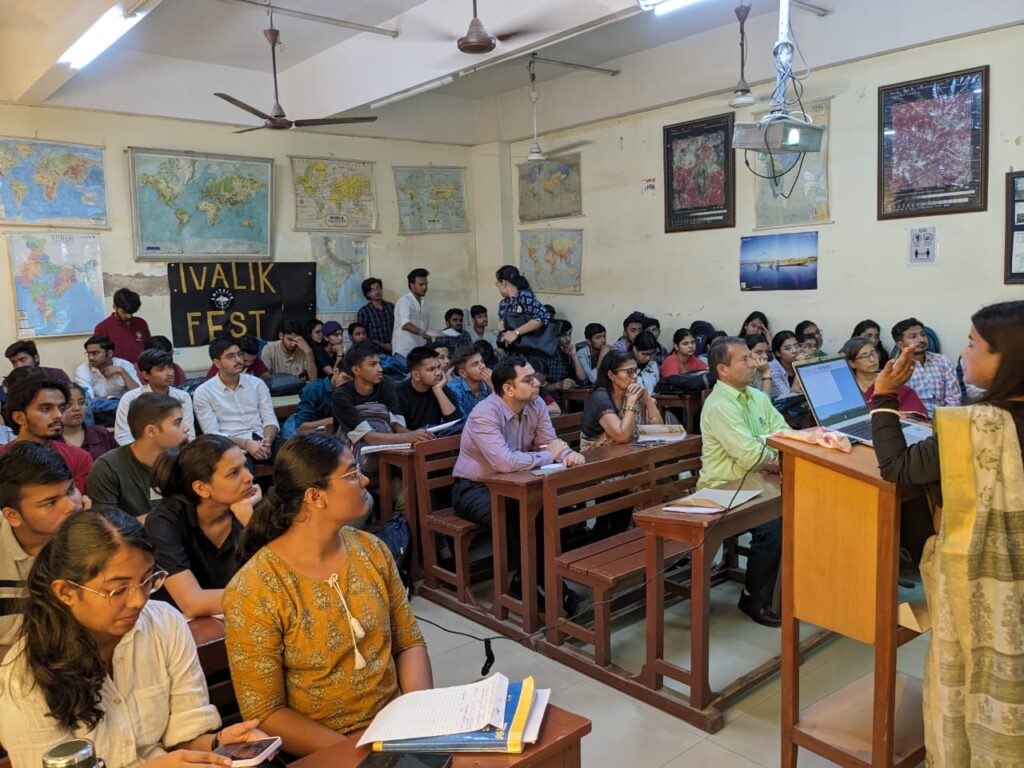
Remote sensing is a powerful tool that allows us to study the Earth from a distance, gathering information without direct physical contact. It involves the use of various technologies to collect data about the Earth’s surface, atmosphere, and oceans.
What is Remote Sensing?
Remote sensing is the process of obtaining information about an object or an area without being in direct contact with it. It involves the use of sensors, such as cameras and satellites, to capture data from a distance. These sensors gather information by detecting the energy that is reflected or emitted from the Earth.
Types of Remote Sensing
There are two primary types of remote sensing: passive and active. Passive sensors detect natural energy that is reflected or emitted from the Earth’s surface, while active sensors emit energy and measure the reflected signals. Examples of remote sensing technologies include satellites, drones, LiDAR (Light Detection and Ranging), and aerial photography.
Applications of Remote Sensing
The applications of remote sensing are vast and diverse. It is used in agriculture to monitor crop health, in urban planning to assess land use, in weather forecasting, disaster management, forestry, environmental monitoring, and even in archaeology to discover hidden structures. It is an integral part of Geographic Information Systems (GIS), allowing the collection and analysis of geographic data.
Significance:
Remote sensing plays a crucial role in understanding our planet, enabling scientists, researchers, and various industries to gather data and make informed decisions. It aids in monitoring environmental changes, tracking natural disasters, and understanding global trends, contributing to better-informed policies and actions for the preservation of our planet.
Conclusion
Remote sensing has revolutionized our ability to observe and understand the Earth. Its applications in various fields have made it an invaluable tool for data collection, analysis, and decision-making. As technology advances, the potential for remote sensing continues to expand, offering us new ways to explore and protect our world.
Remember, remote sensing isn’t just about observing our planet; it’s a gateway to understanding and preserving it for the future. With advancements in technology, the possibilities and applications of remote sensing are constantly expanding, promising an even more profound impact on how we perceive and interact with our environment.

